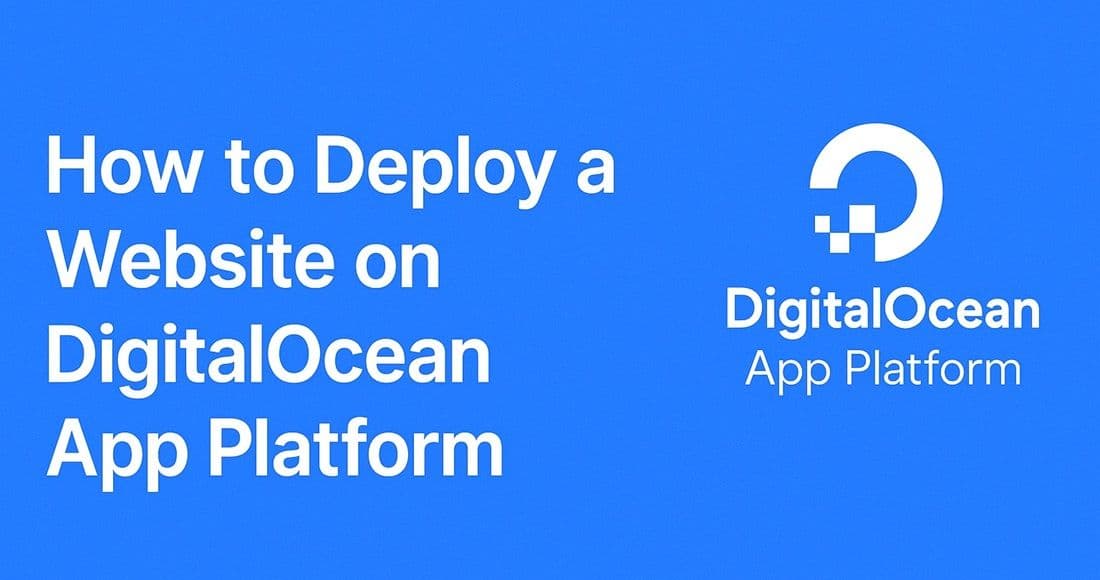Introduction
If you want the power of cloud hosting but without the complexity of managing servers, DigitalOcean App Platform is a great choice. It supports static sites, frontend apps, and backend APIs with automatic scaling.
In this guide, you’ll learn how to host a template on DigitalOcean App Platform.
Why Use DigitalOcean App Platform?
- Easy GitHub/GitLab integration
- Free SSL and automatic HTTPS
- Supports static sites, Node.js, Python, PHP, Go, and more
- Scales automatically if traffic grows
Step 1: Sign Up and Create a Project
- Go to DigitalOcean.
- Create an account and verify your email.
- From the dashboard, click Create → Apps.
Step 2: Connect Your Repository
- Connect GitHub or GitLab to DigitalOcean.
- Select the repository where your site code lives.
Step 3: Configure the App
- For static sites:
- Build Command: leave empty or use
npm run build(React, Vue, etc.) - Output Directory:
buildordist
- Build Command: leave empty or use
- For backend apps:
- Make sure you have a
Procfileor a proper start command.
- Make sure you have a
DigitalOcean will auto-detect most setups.
Step 4: Deploy Your App
Click Launch App.
After a few minutes, your project will be live at:
https://your-app.ondigitalocean.appStep 5: Add a Custom Domain
- Go to Settings → Domains
- Add your domain (e.g.,
mywebsite.com) - Update DNS records as instructed
- SSL is automatic
Troubleshooting
- Build failed? Double-check your build command.
- Wrong folder? Ensure your output directory matches (
dist,build, etc.). - App not starting? Check your
Procfileor start script.
Conclusion
DigitalOcean App Platform makes cloud hosting approachable. It’s ideal for projects that may grow but don’t want the pain of server management.
Next, we’ll look at AWS Amplify, Amazon’s service for frontend apps and SPAs.

